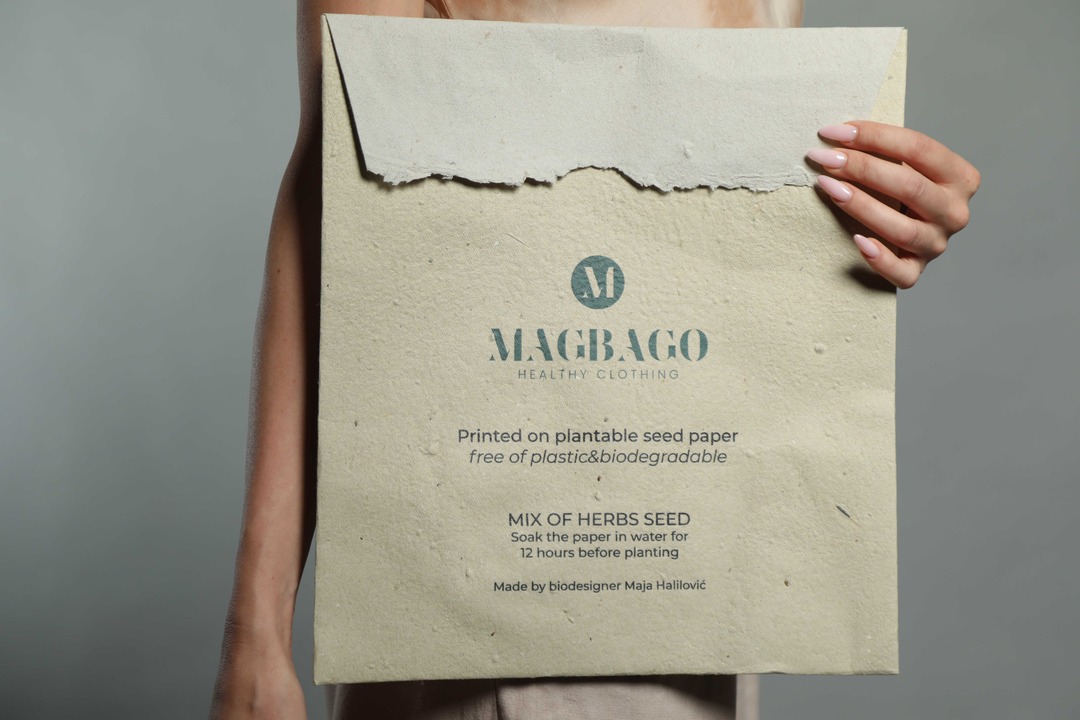Nowadays, environmental awareness is becoming an increasingly important topic across various industries, including fashion. Although paper is often seen as an eco-friendly material, its production consumes vast amounts of energy and water, significantly impacting air and water pollution. The paper industry, which mainly uses fibers sourced from trees, is one of the largest polluters of both air and water.
Over recent decades, there has been a notable increase in the use of recycled paper, which requires less raw material and consumes 70% less energy to produce. However, global demand for paper continues to rise, and its consumption is still used as a measure of development, representing about 4% of the industrial GDP of the world’s economy.
For these reasons, pollution control in the paper industry is essential, both in the production of pulp and final processing. The paper industry is responsible for 2% of global industrial emissions. The main gas emitted during the production of paper and cardboard is carbon dioxide (CO2), a major contributor to the greenhouse effect and the acceleration of climate change. For every kilogram of paper produced, 3.3 kg of CO2 is released into the atmosphere.
Reducing the amount of CO2 emitted into the air can be achieved through technological innovation and improving the efficiency of certain processes, such as paper drying. This is the most effective way to contribute to improving environmental conditions and ensuring a more sustainable future for life on the planet.

Environmental consequences of paper production
Water Pollution – The paper industry is one of the largest consumers of water, using it in every process, from transforming wood into pulp to bleaching paper. It takes 10 liters of water to produce one sheet of paper, putting great pressure on this essential natural resource. The chemicals used in pulp production and final bleaching processes, mostly chlorine dioxide, are also harmful to both the environment and human health.
Deforestation- Since wood is the main source of fiber for making pulp, paper production requires the felling of large forest areas. It is estimated that about 17 trees are needed to produce one ton of white paper. Indiscriminate logging without a sustainable management plan leads to deforestation, which significantly impacts climate change since forests are crucial CO2 sinks, one of the main greenhouse gases.
Ink Toxins – Another way that paper waste damages the environment is through the inks and other chemicals used in its production. These toxic substances are released into the environment and eventually impact human health through soil, water, and air. Traditional inks contain volatile organic compounds (VOCs) that are harmful to both health and the environment. Manufacturing these inks requires large amounts of energy and natural resources. Additionally, once used, paper printed with such inks, like newspapers or official documents, is difficult to recycle because the process of separating the ink and paper is costly and complex.
Magbago and sustainable packaging
At Magbago, we pride ourselves on our commitment to sustainability through the use of custom packaging made from recycled paper integrated with plant seeds. Our goal is that after you receive your desired clothing item, you can plant the packaging, and it will grow into lavender, immortelle, mint, or other plants.
Additionally, for branding our packaging, we use screen printing with eco-friendly inks, further protecting the soil and water streams. Our eco-friendly packaging not only reduces waste but actively contributes to environmental preservation and supports a sustainable way of life.







Leave a comment